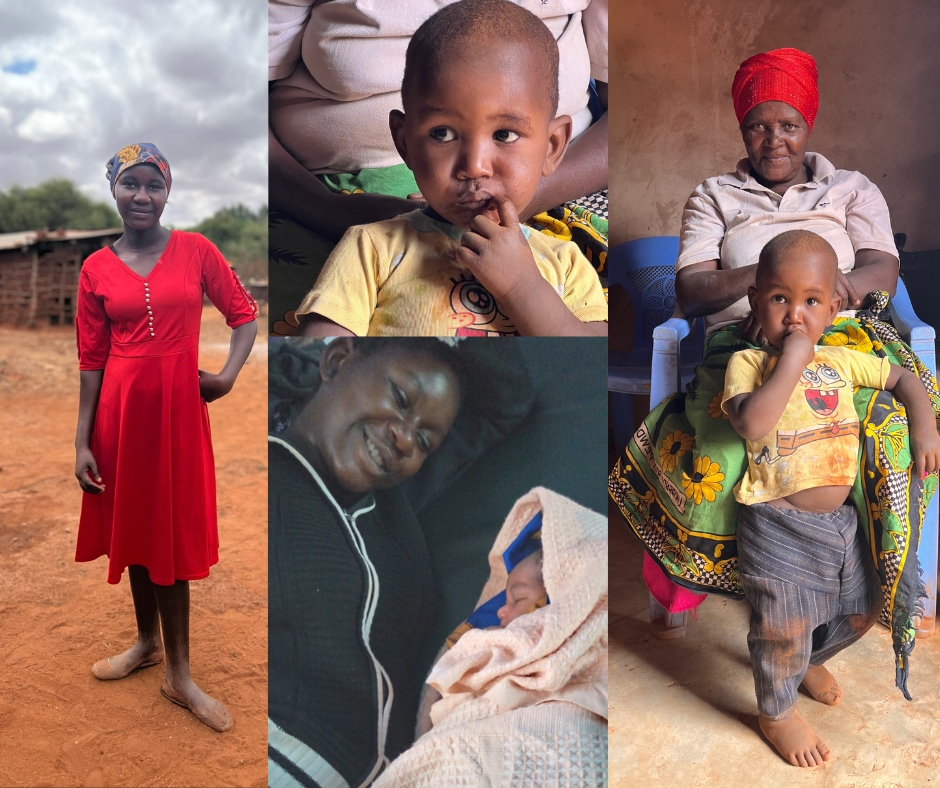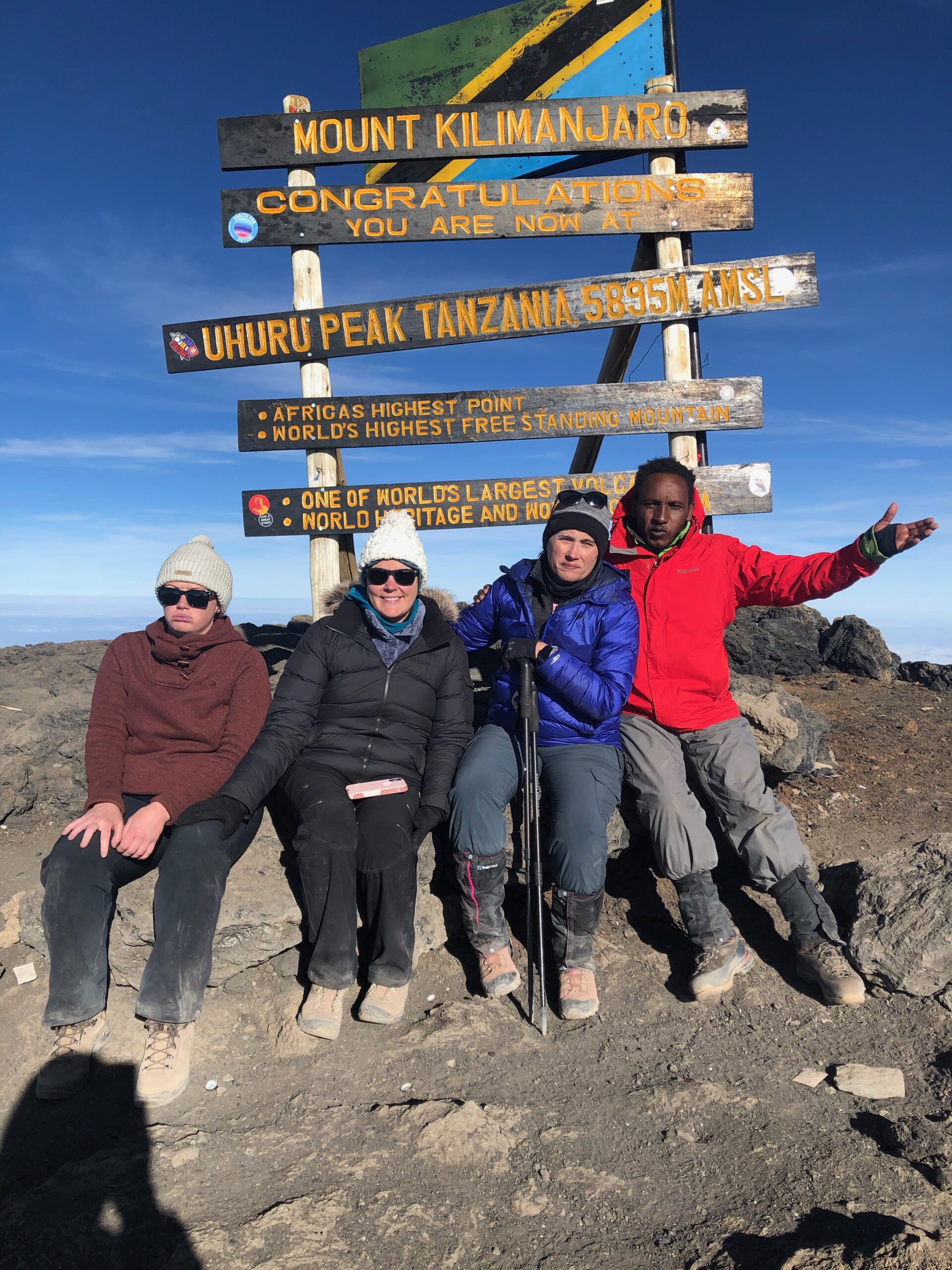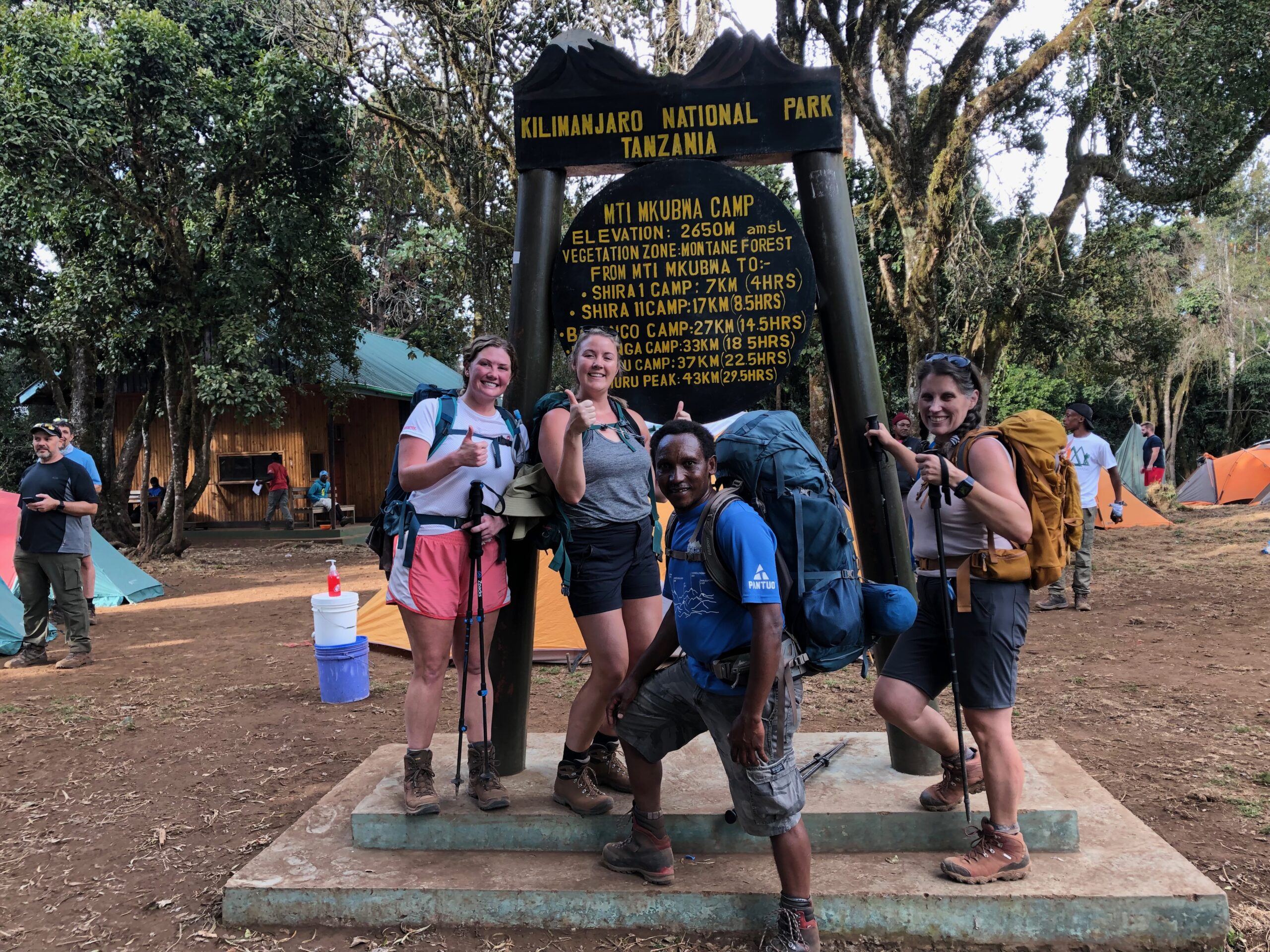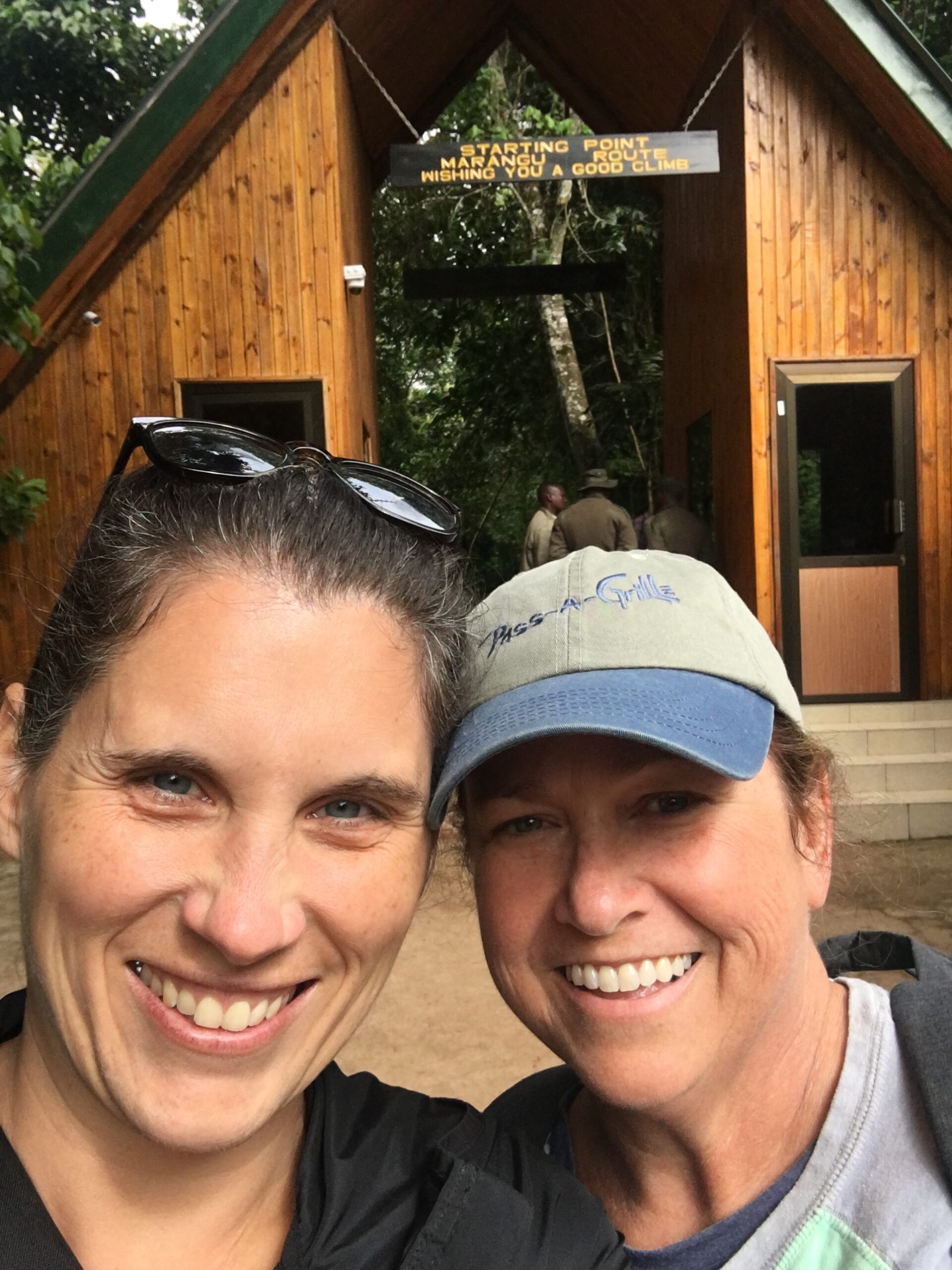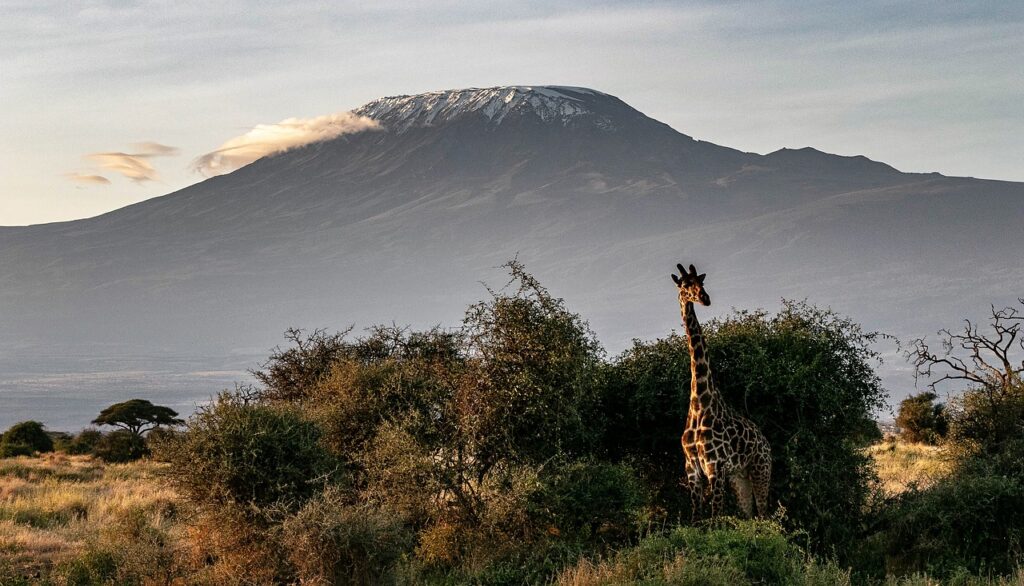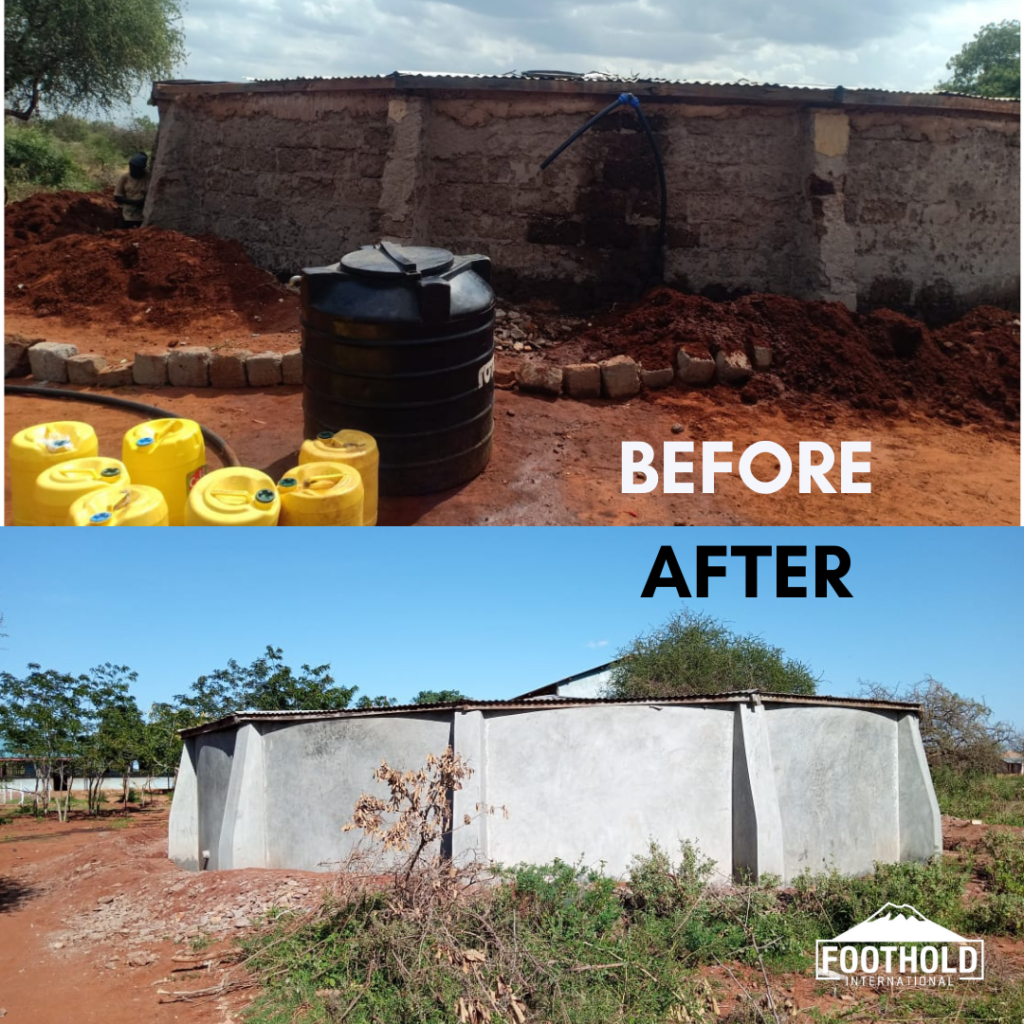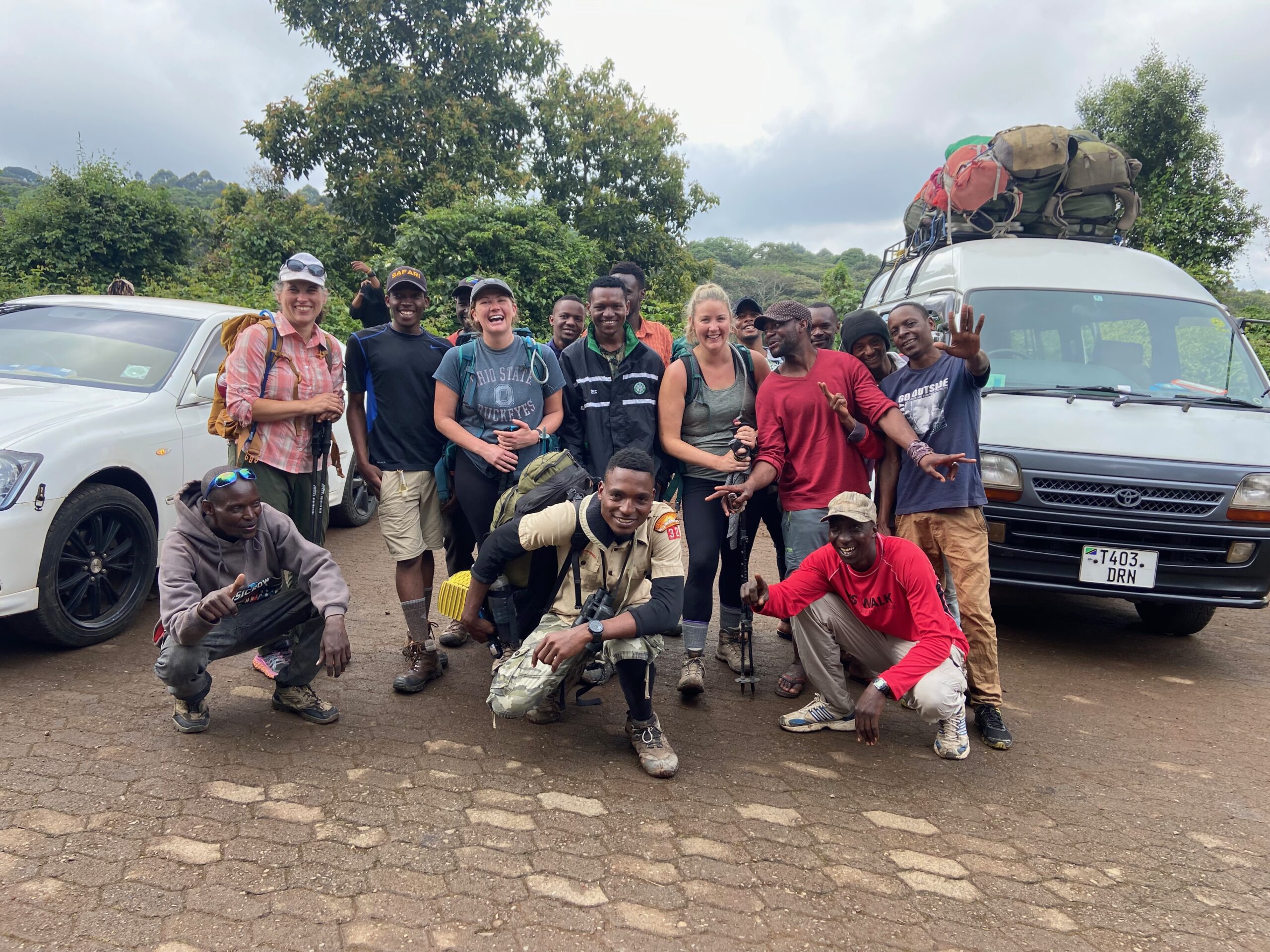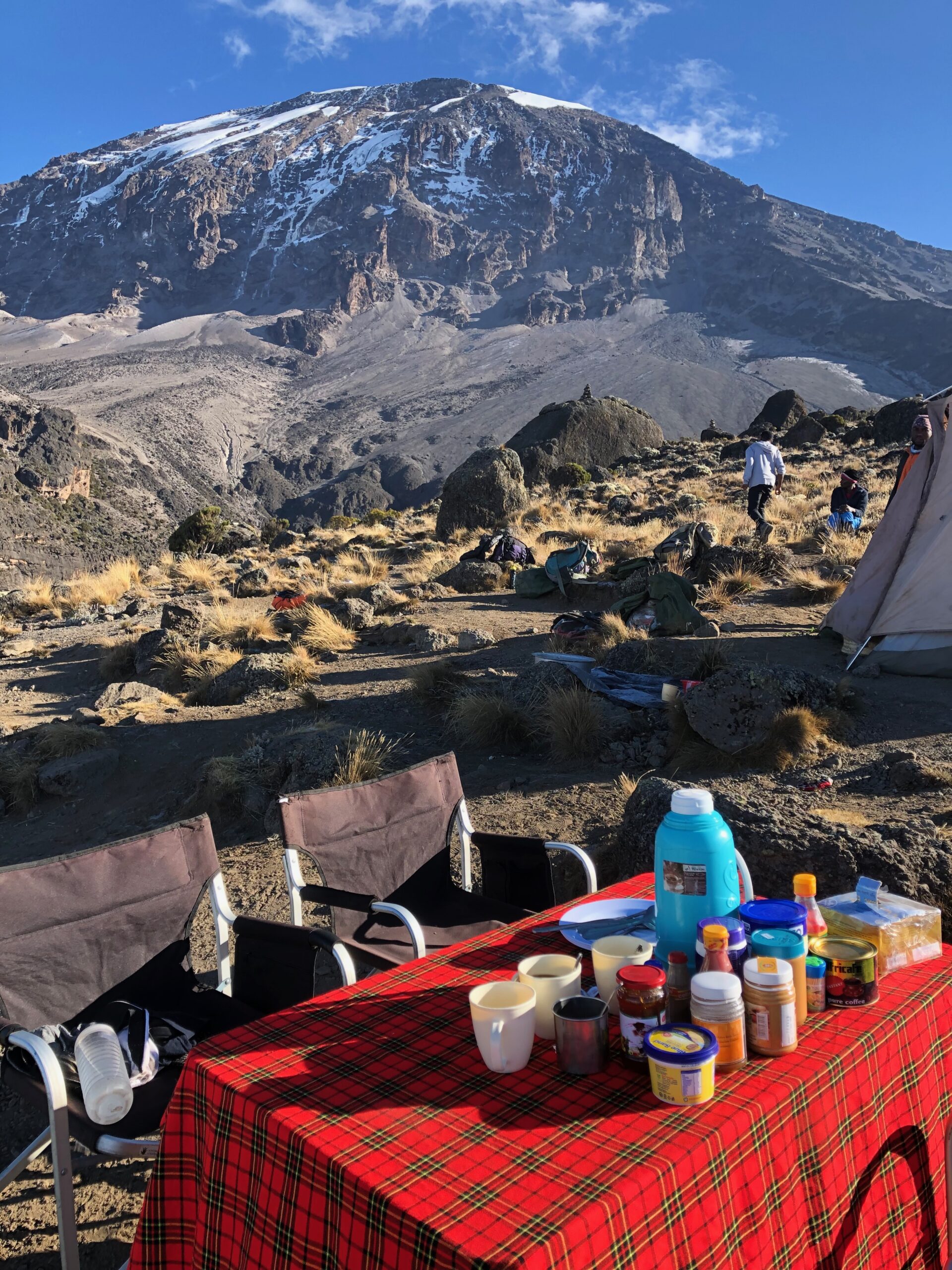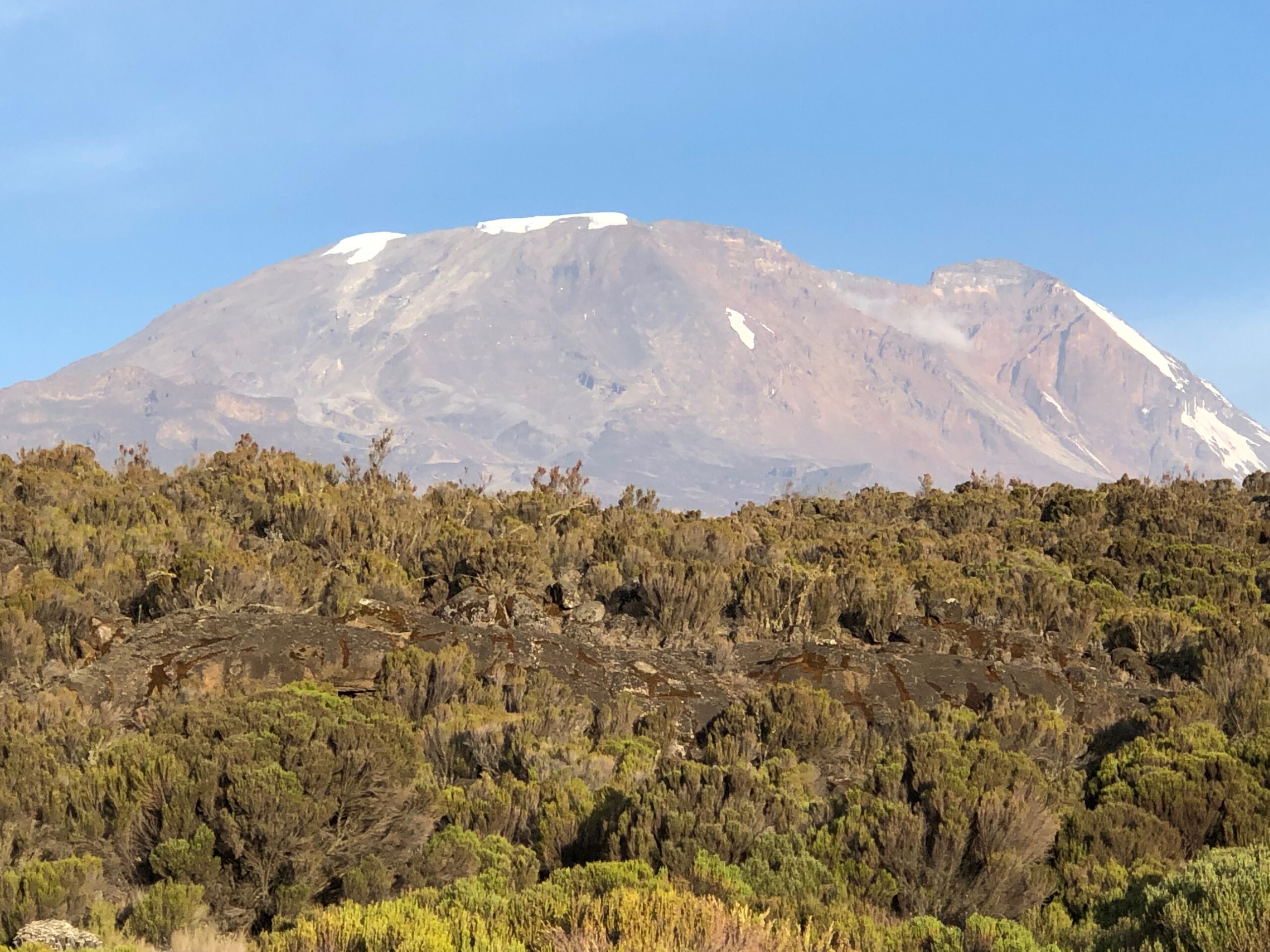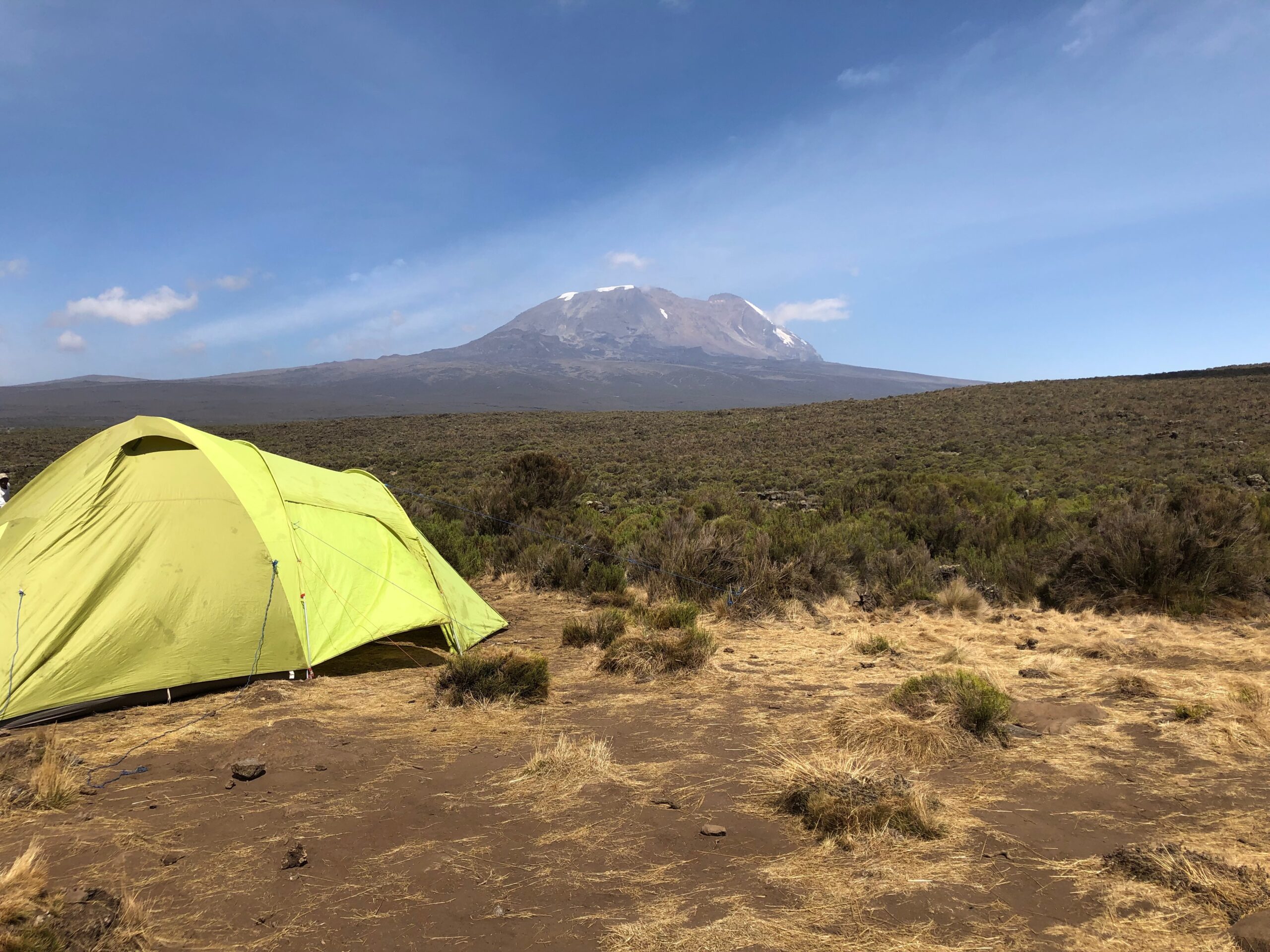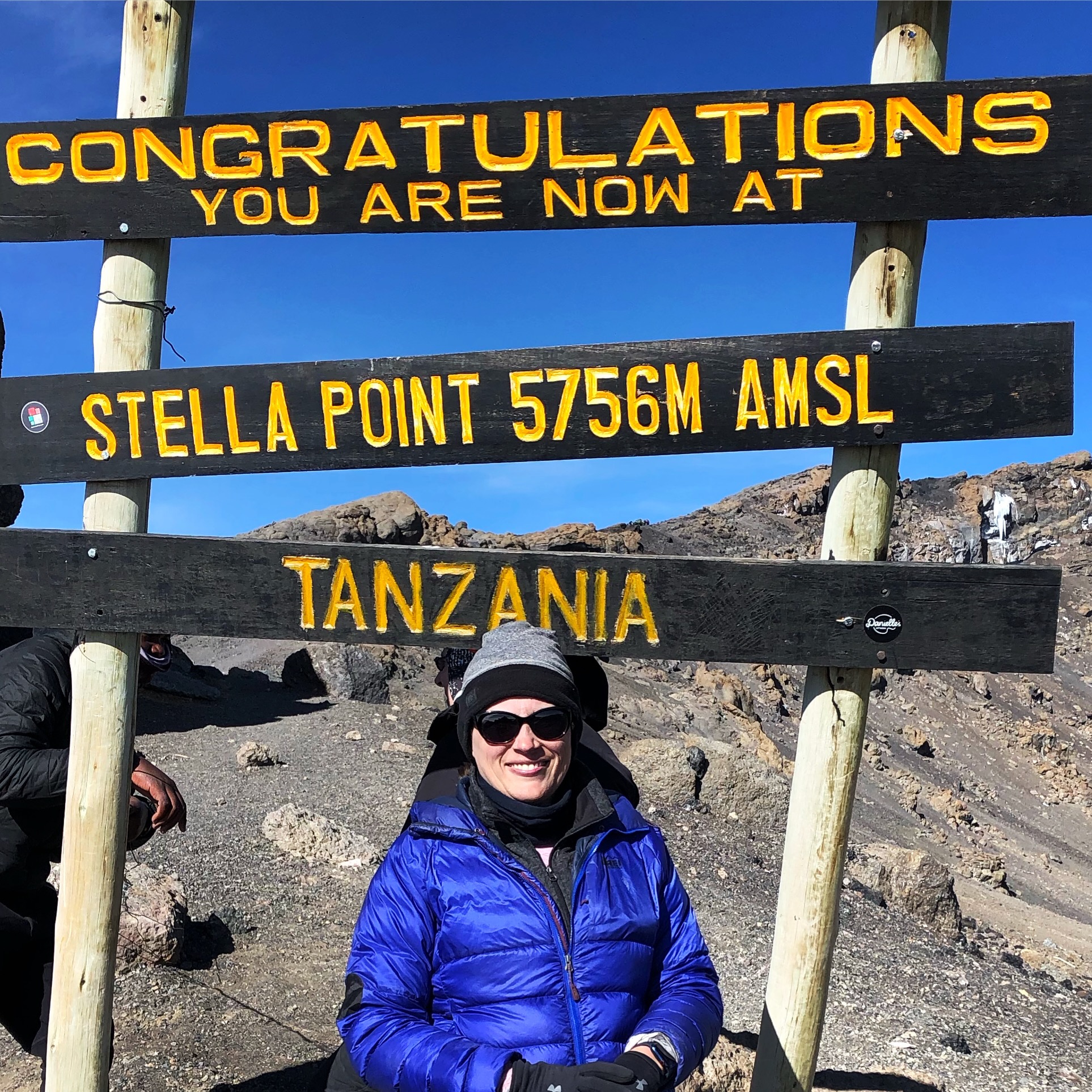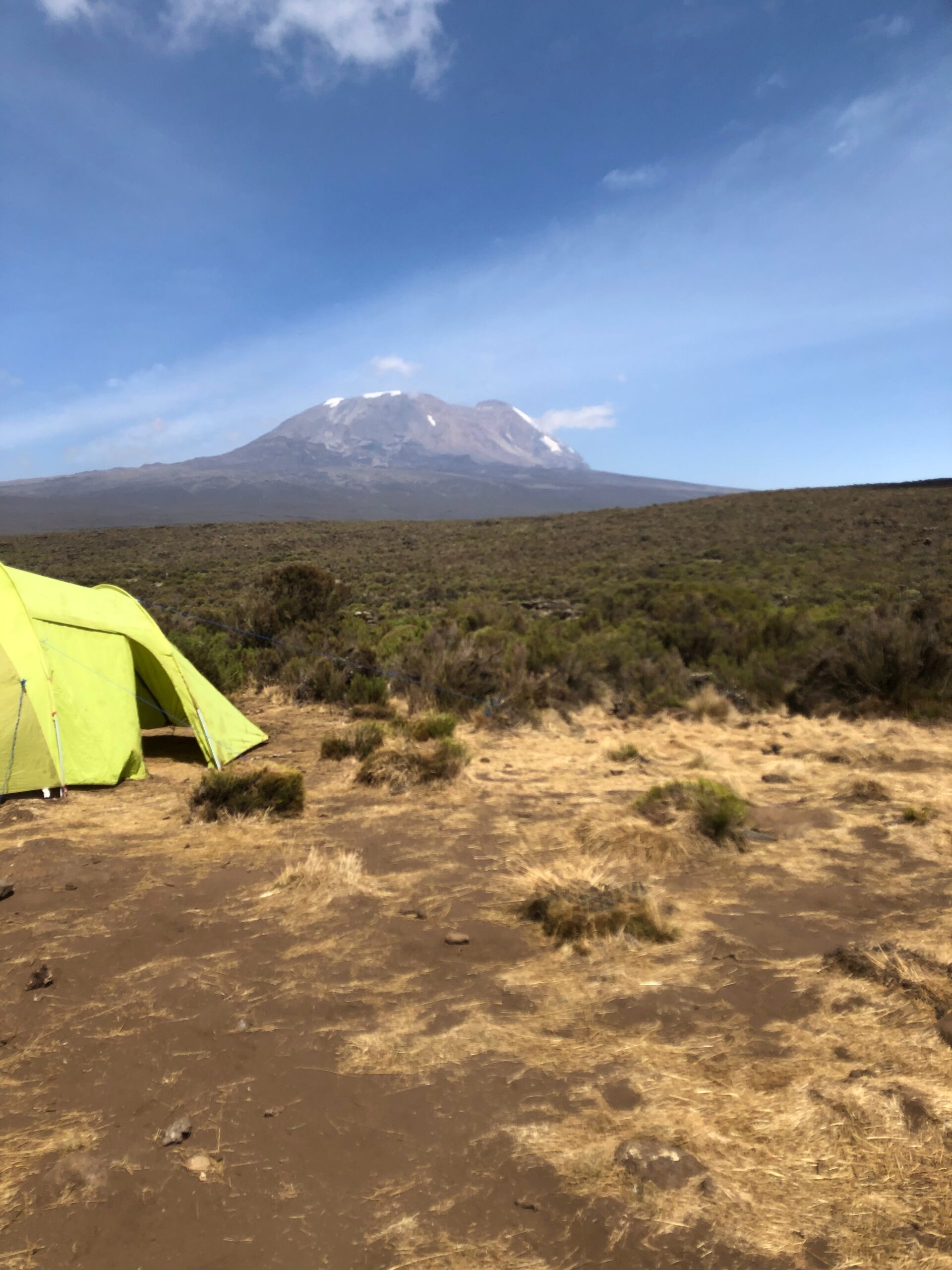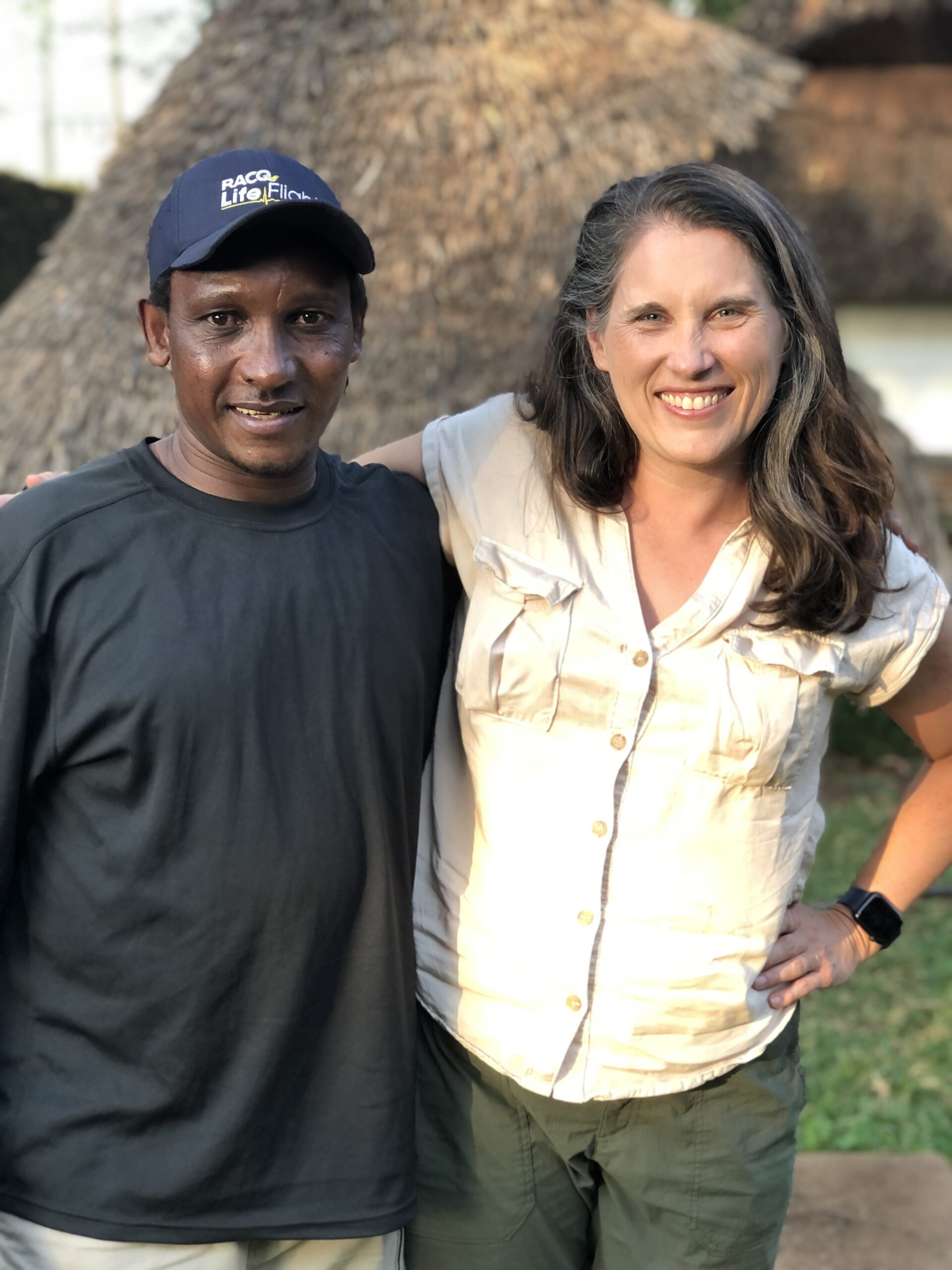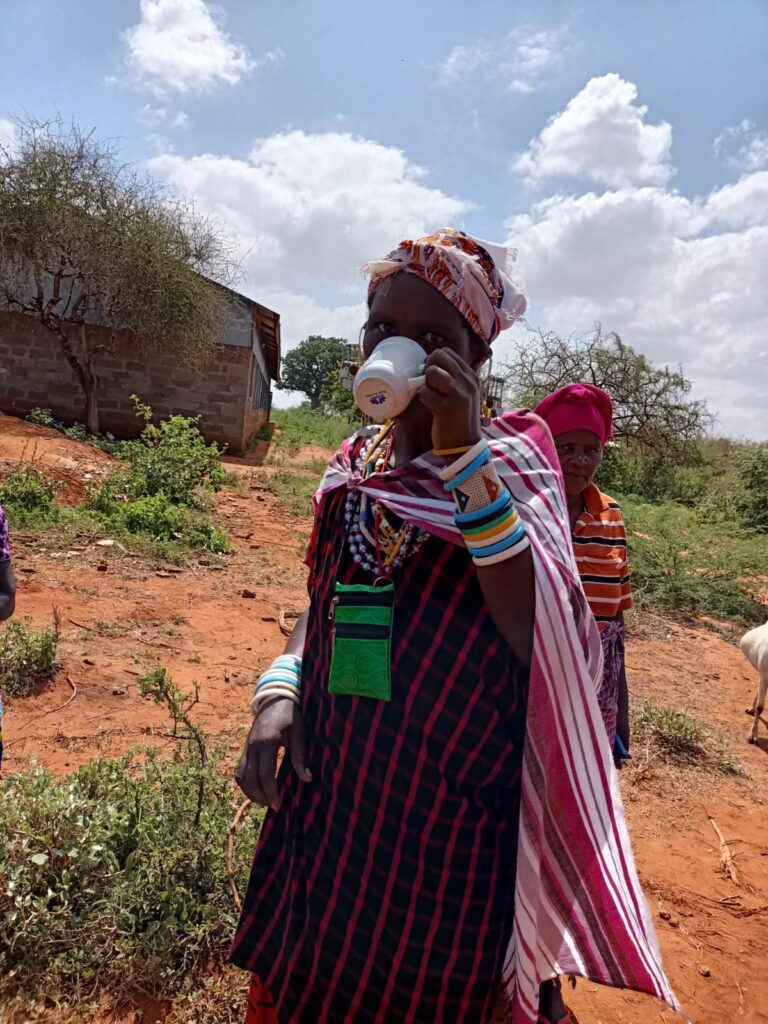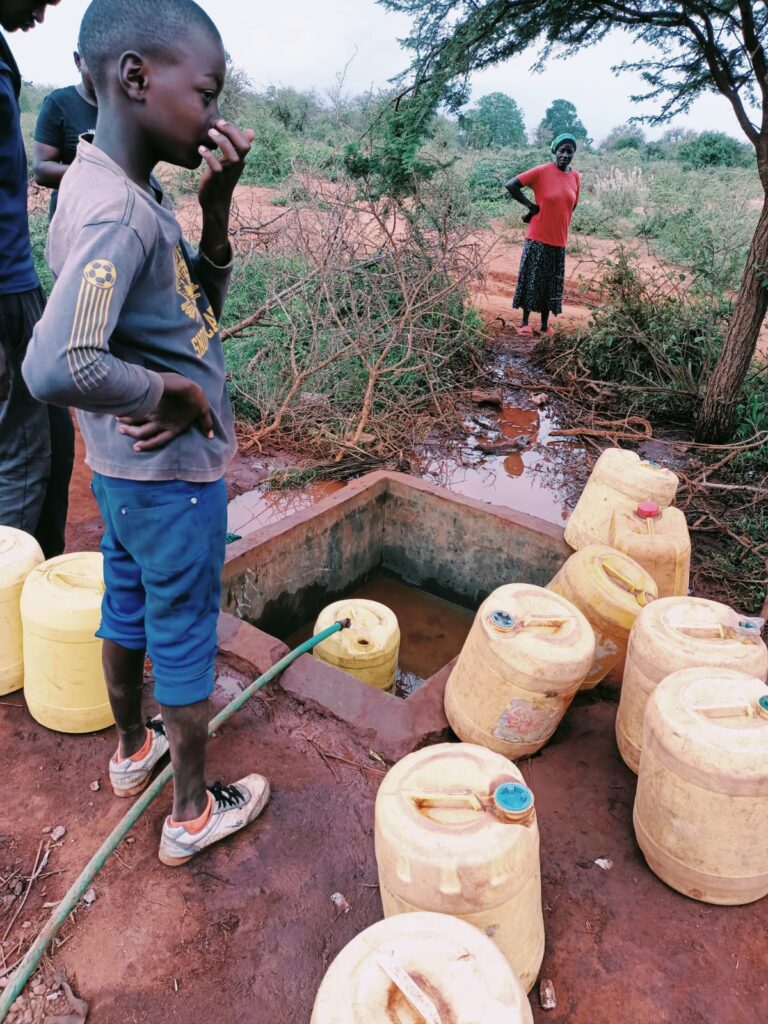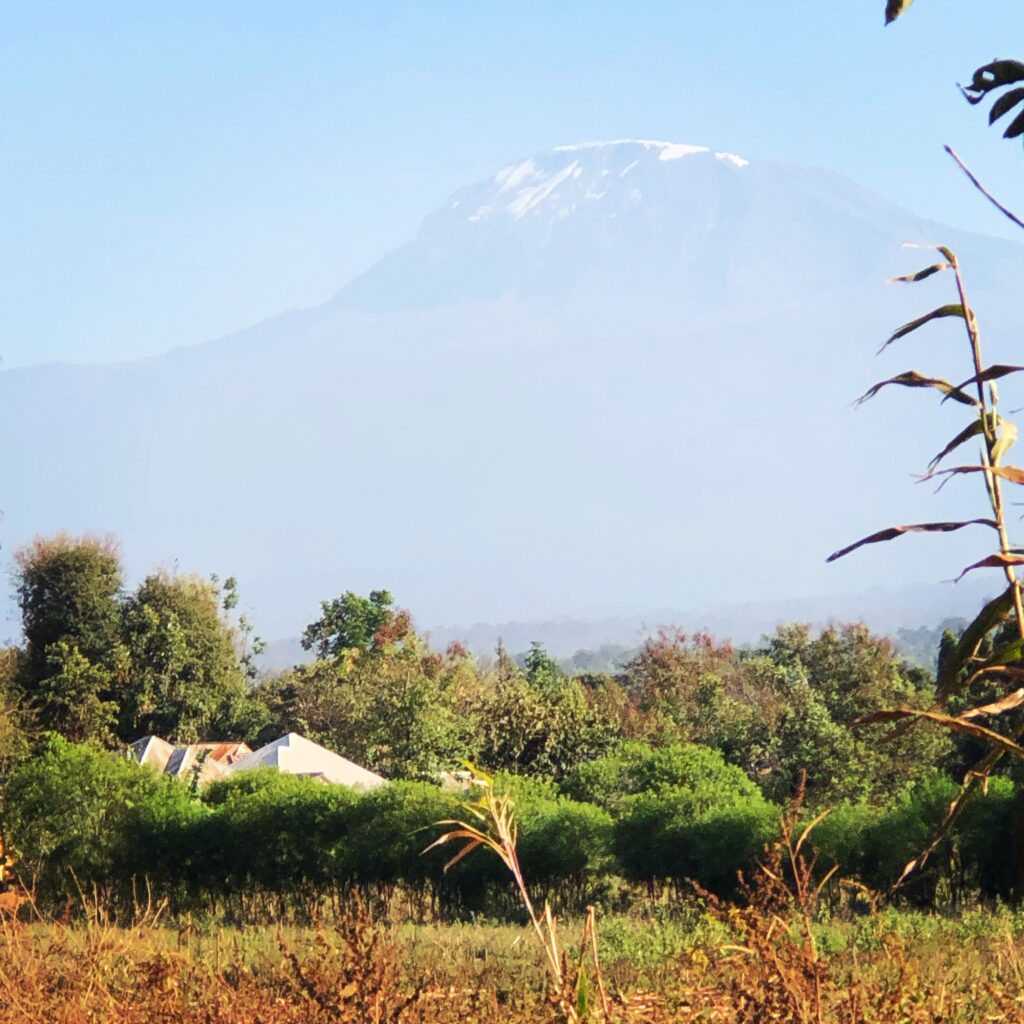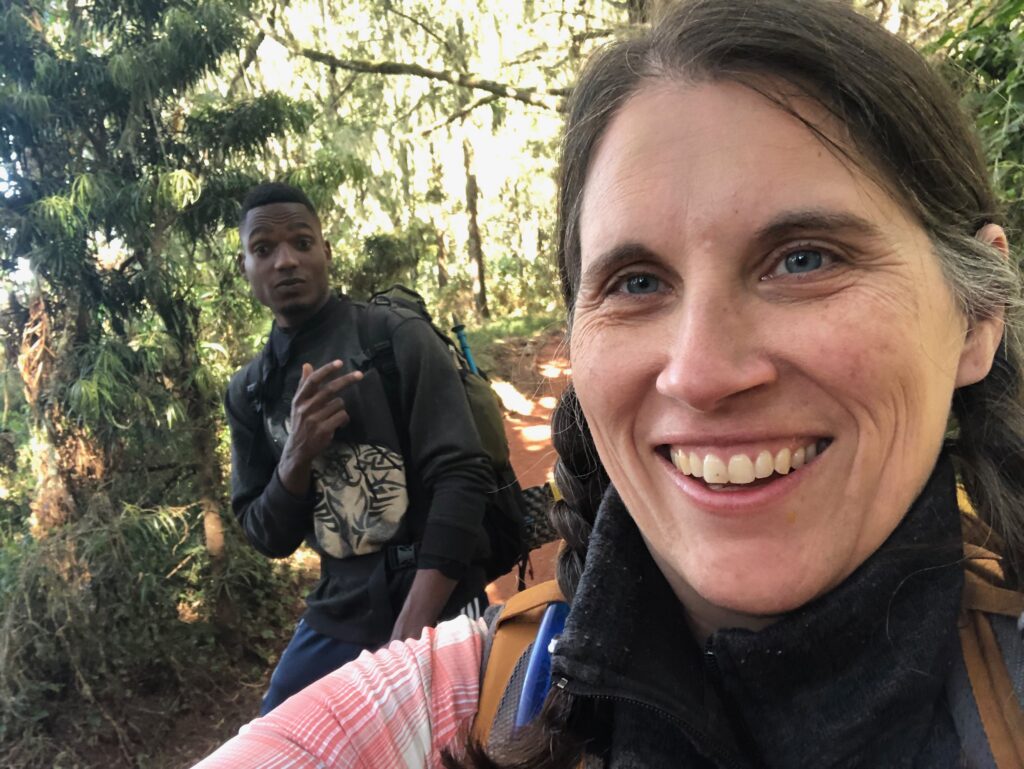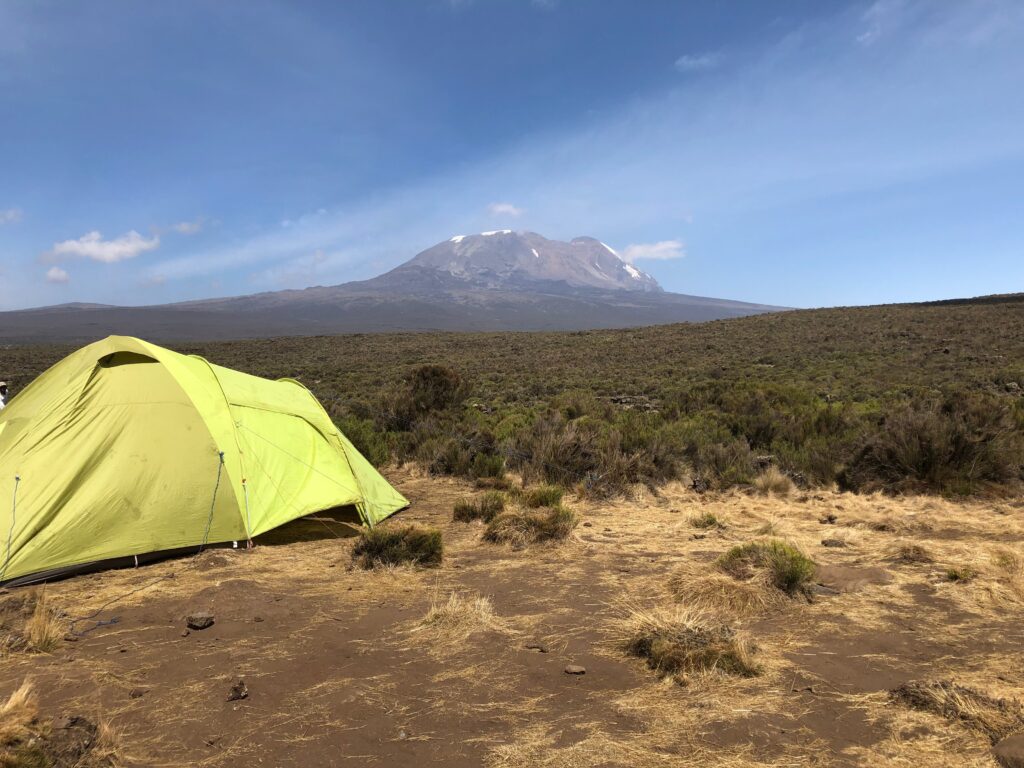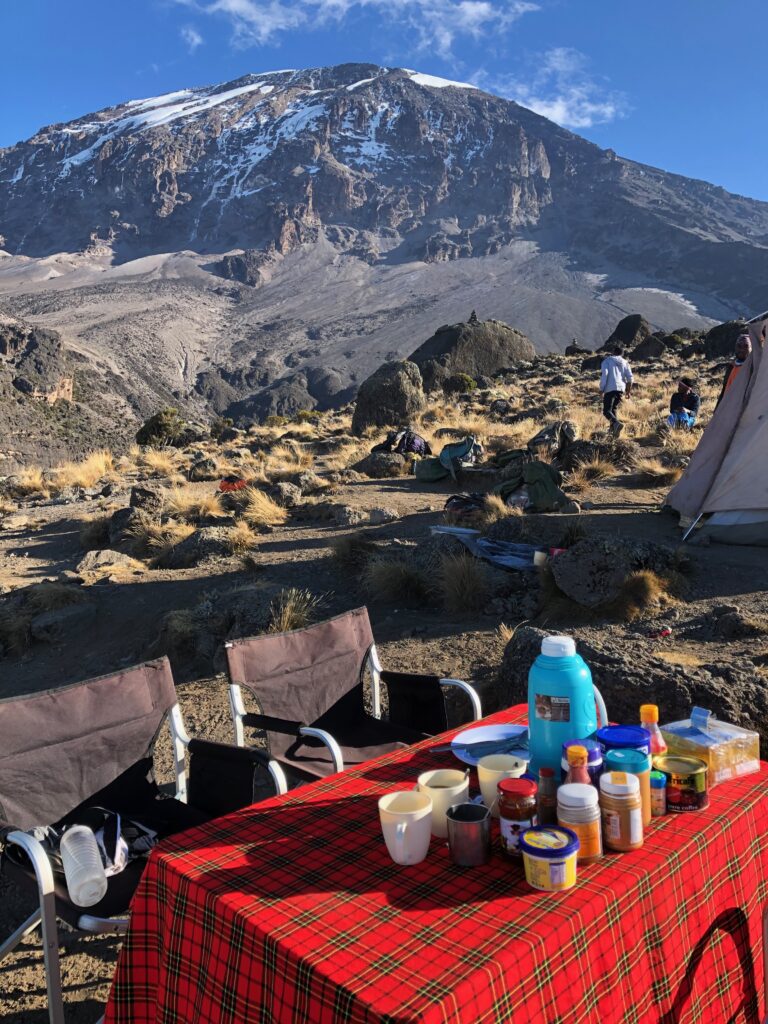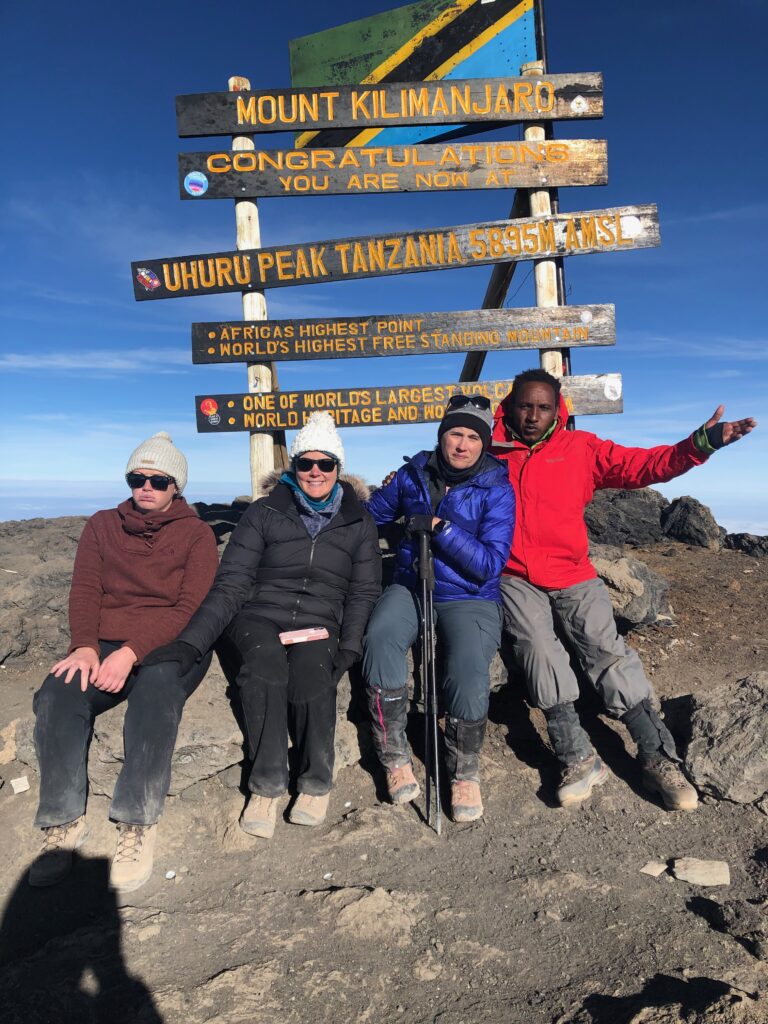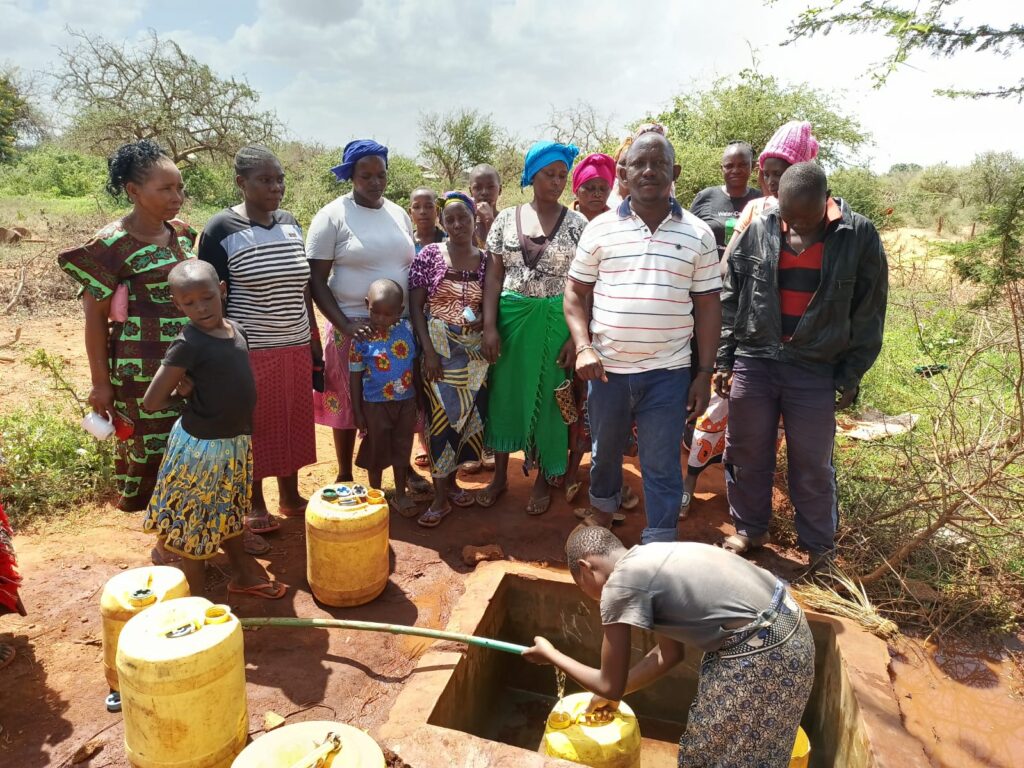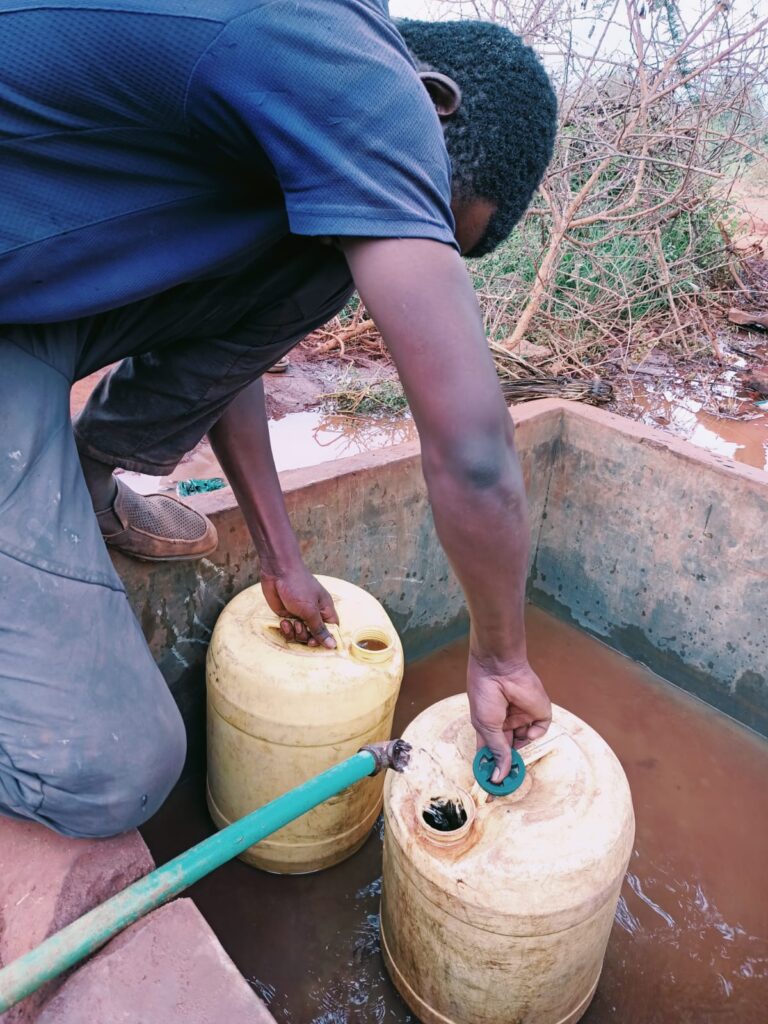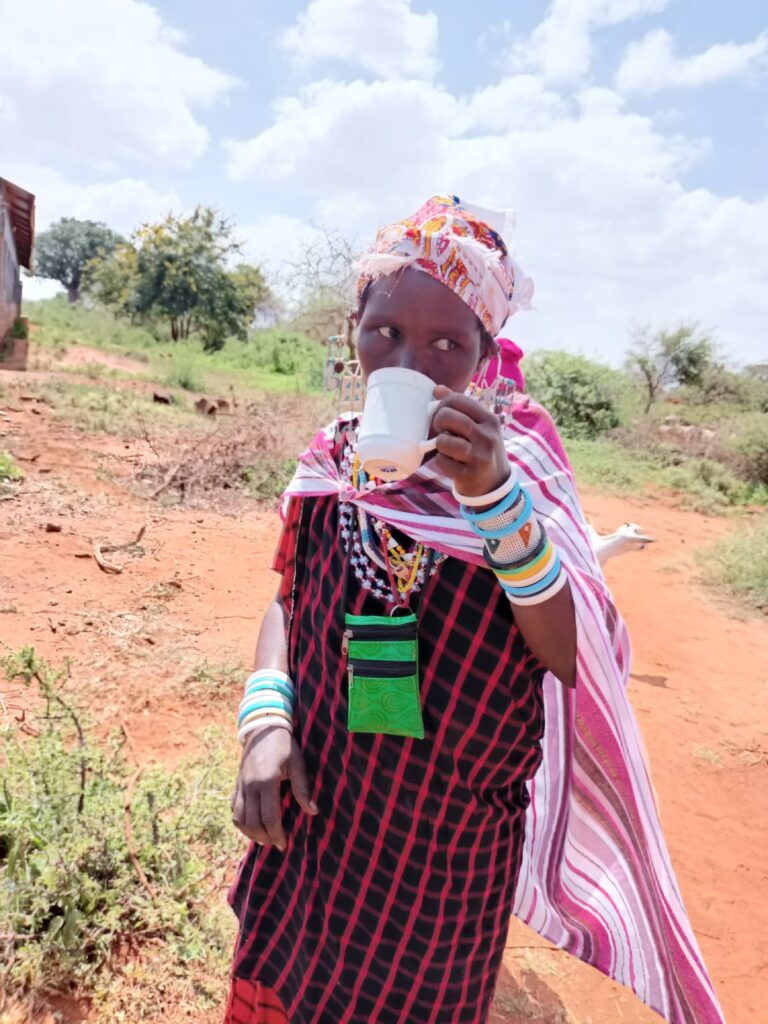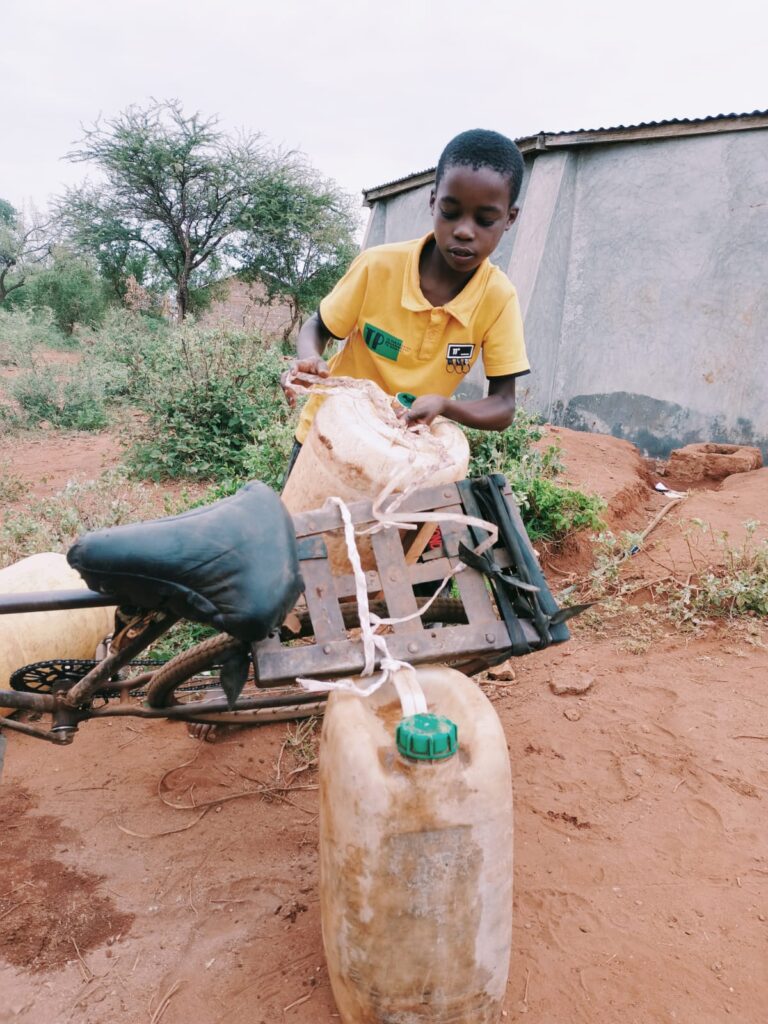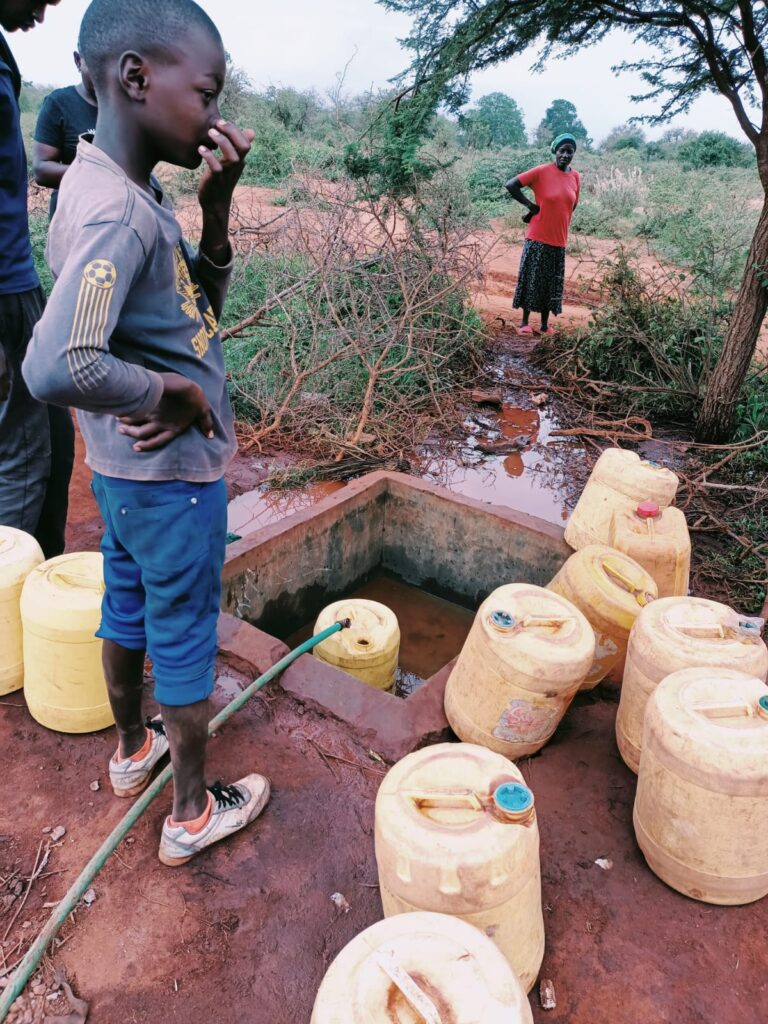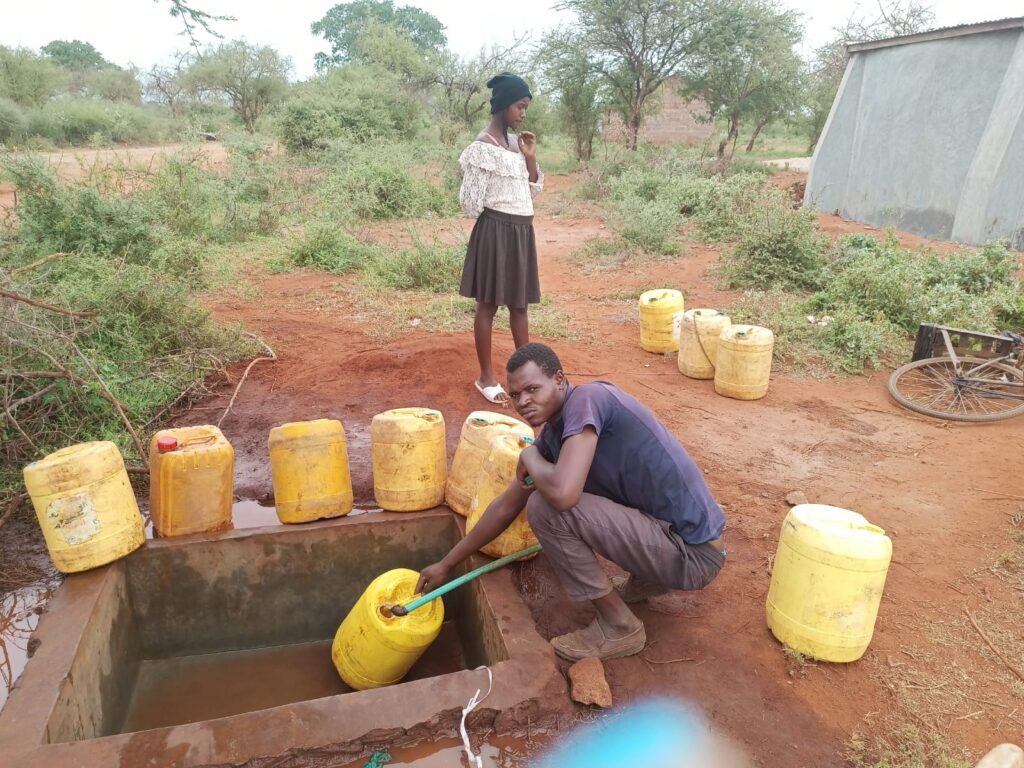When planning for a trip to Kilimanjaro, it is very important to consider your health and fitness. A year before my first climb when I began planning, I visited my primary physician, my allergist, and my physical therapist. I was 45-years old, and I was not taking any chances. While a visit to all three of those specialist may be overkill for some of you, a visit to your primary care physician will be essential at least 30 days out before your trip.
While the trip is not a technical climb, it does requires you be in generally good health and have an above-average fitness ability. With that being said, many climbers with various physical impairments and disabilities have summited successfully. Determination and preparation are key to success.
We recommend that you schedule an overall checkup, but before you do, here’s some things to read and even print off to take with you on that visit.
The button below will take you to the CDC’s general travel page. On the right side is a table of contents & links to various topics such as packing lists, medications, etc. This is an exhaustive overview of just about all the health and safety considerations for travel to Tanzania.
Vaccinations: Covid, Yellow Fever, & Typhoid
Covid, Yellow Fever & Typhoid are the main vaccinations to consider. However, depending on your health history and your itinerary, you may not need all three of these. Refer to the button above about vaccinations and discuss this with your travel agent or our team if you’re traveling with Foothold.
Covid: While Tanzania does not require a Covid vaccine for entry, it certainly makes travel much, much easier. We highly discourage traveling to Tanzania and Kenya without an updated Covid vaccine as part of our responsible tourism practice.
Make sure to bring your official CDC Covid Vaccine Card that looks like this:
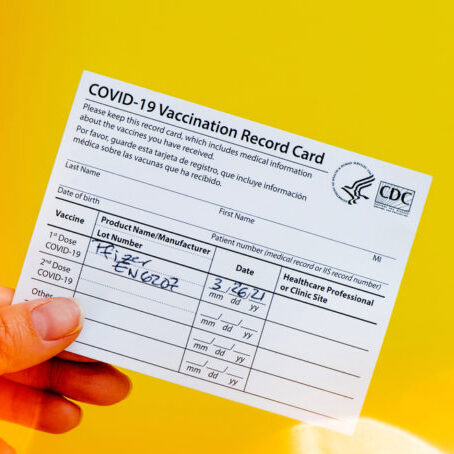
Yellow Fever: This vaccine is only required if your itinerary takes you through an endemic country such as Kenya. If your itinerary has no layovers in Kenya, Ethiopia or any other endemic country, there is usually no reason to get this vaccine.
Typhoid: Typhoid continues to be a required vaccine. We will update this site if it changes, but always check the CDC link for most up-to-date information.
Most of these vaccines will require a visit to a travel clinic (more expensive) or a local county health department with a Travel Nurse on site (much cheaper & just as good). Ask us if you need help locating the nearest travel clinic to you.
Make sure you have the travel nurse give you this official Yellow CDC card will all of your relevant vaccine info!
It will look like this. . .

Malaria Prevention:
Vaccines for Malaria are not quite available for travelers although they are currently being developed. We do not require that you take Malaria prevention medication, but we strongly recommend that you discuss your options with your doctor. We do require that you let us know if you are taking Malaria preventive medications and which type while you travel with us in case of any averse reactions.
CAUTION: We are not doctors, but we have taken countless travelers to East Africa, and we have witnessed some serious side effects among a few of our travelers who have used Mefloquine also known as Hydrochloride. It also does not provide the same consistent protection against Malaria as other options for this region. Please bring up these concerns to your doctor before the trip.
We will be taking precautions during the trip to reduce your risk, and we will be traveling during the driest season. The area we will stay in before and after the climb is at an altitude that does not have a significant problem with Malaria. During the climb, there is only a slightest risk on the first day. Mosquitos who carry Malaria cannot survive and transmit the disease at higher altitudes.
Altitude Sickness Prevention
Diamox is optional, but often useful medication to consider. Diamox (also called Acetazolamide) is available by prescription, but there are also supplements such as Iron tablets, Altitude Rx OxyBoost (available on Amazon) among other supplements that may help reduce altitude sickness. Discuss all of these options with your doctor before the trip, and please let us know what medications you are taking on the climb in case of any side effects. See the button below for info about Diamox:
Other Concerns or Considerations
Please discuss any health concerns or dietary restrictions at least 30 days before the trip. Most concerns can be addressed and resolved with ample advance notice. It is VERY difficult to hide any personal health concerns on the climb.
We want you to be safe and enjoy the experience as well as everyone else on the team, so please discuss your needs or preferences with us. We’re here to help you, but it is very difficult to make accommodations on the mountain without advance notice, so we need you to communicate with as soon as you can. When in doubt, reach out:)
